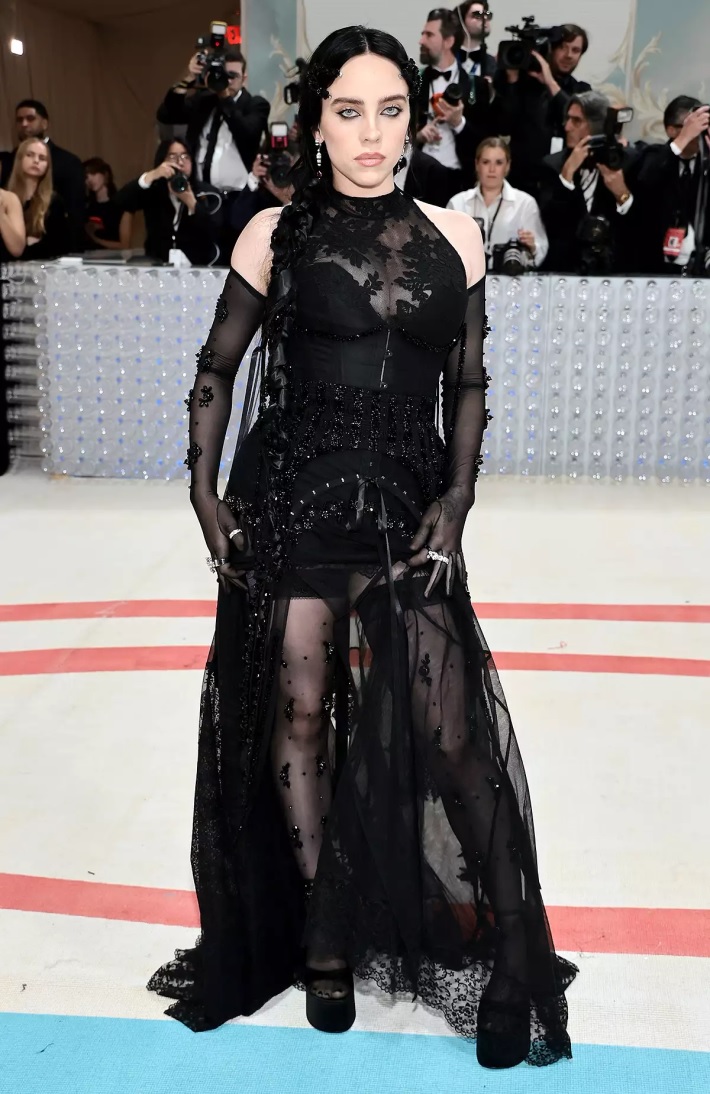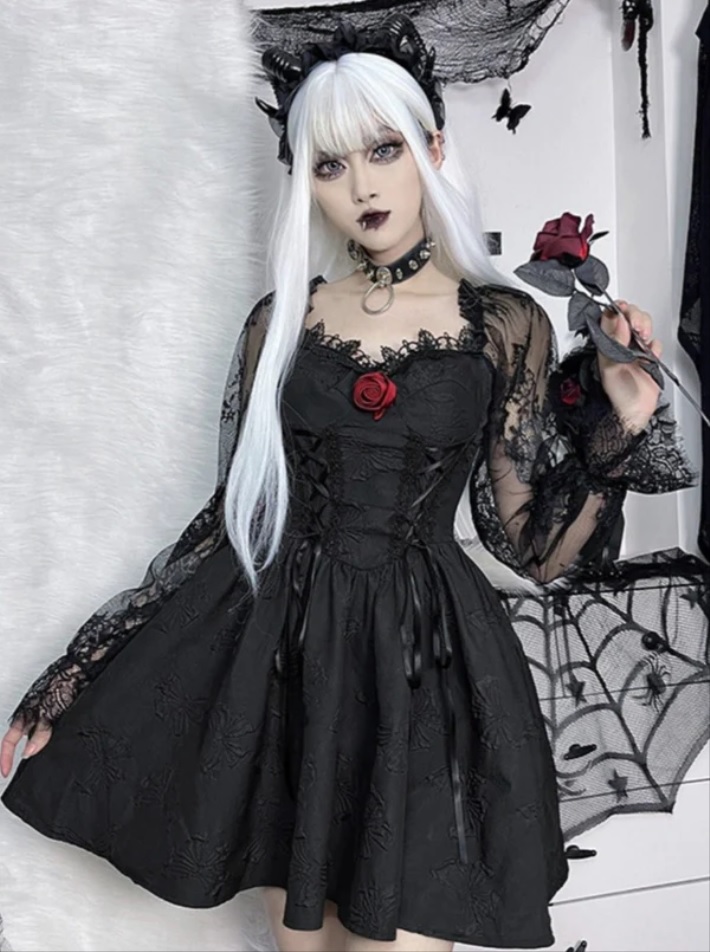Contents
What Exactly Does “Goth” Mean?
The gloomy, horror-like, and romantic settings of architecture, literature, music, and fashion style gave rise to the goth subculture. A person who finds things others consider as dark (e.g. death and the afterlife symbolism) to be beautiful is called goth.
The Roots of the Goth Subculture

Goth architecture swept Europe during the Middle Ages, from the 13th to the 16th centuries. Tall and eerie objects that emerged in this architectural style stood out with their intricate and intriguing art designs, marked by details like spires, pointed arches, and lofty windows.
Today, we can see many beautiful buildings and cathedrals of these that resemble fairytale castles. These creepy-looking structures have inspired writers over the years to create gloomy and haunting settings. As a result, in the late 1700s, a new literary genre emerged: gothic fiction. It is a literary genre that combines horror and dark romanticism.
A typical scenario might be a lonely, dimly lighted castle with dungeons in the middle of a wooded forest, with bats flying around, haunting corridors, and white drapes blowing in the wind amidst a thunderstorm. Not to mention the presence of otherworldly characters such as ghosts, vampires, spirits, and witches.
The 1970s marked another event in the rise of goth culture – the emerging of gothic rock characterised by soulful, passionate and dramatic voices, which coincided with the end of the militant punk era. The music was dark, calming, emotive, nihilistic, and mystical in its sound and musical style. The Sisters of Mercy, Joy Division, Bauhaus, Siouxsie and the Banshees were among the first bands to create gothic music, with Bauhaus’ ‘Bela Lugosi’s Dead’ being considered the first official gothic song.
Many people were motivated by the sombre atmosphere provided by this music which also helped in the spread of the goth subculture. They found solace and felt right at home. They eventually began to incorporate the culture into their daily life, showing it off in the new clothes, shoes, hairstyles and makeup they adopted.
Goth Fashion

The specialized goth clothing fashion that’s now available to order easily online at alt stores first began spreading around in the early 1980s, celebrating the darker sides of life and being inspired by the goth subculture. Goth fashion is defined by dark and rebellious punk aesthetics and Victorian romanticism. The influence of Victorian beauty standards brought pale skin, tight-laced corsets, and exquisite long dresses in the mix.
Punk was associated with leather coats, spiky accessories, and black makeup. This gave rise to the goth club culture, in which people dressed up in gothic rock attire. It was a gathering place for all gothic fans and bat cavers (early members of the goth subculture) where goth culture, dress, and music intersected. Goth fashion swept the world, from the children of the moon to the granddaughters of witches. Later, the pattern spread to popular fashion brands and labels. Designers gradually began to include gothic motifs in their designs and runway displays.
In the early 1980s, Yohji Yamamoto added traditional goth aspects to the catwalk, and designers such as Alexander McQueen and Jean-Paul Gaultier followed suit. Later, several designers such as Balenciaga, Thom Browne, Givenchy, Valentino, Olivier Theyskens, and others added their own modifications to traditional goth, leading to the creation of romantic goth, corporate goth, Victorian goth, and so on.
The runway designers were instrumental in spreading goth culture and developing new alternative goth trends. Today, there are countless designers who specifically produce goth clothing for the goth subculture. They are widely available and simple to use.
Goth Clothing, Accessories, and Makeup

Goths dress in leather jackets, fishnets, corsets, long robes and gowns, layered skirts or miniskirts, etc. Clothing is typically black or in dark tones such as purple and burgundy among others, but that doesn’t mean you can’t also dress in other colours. The fabrics used are predominantly velvet, satin, silk, laces, and nets. The hair is bushy, spiky, and long.
The alternative clothing is usually paired wear alternative footwear like Doc Martens, new rocks, military boots, chunky and huge unisex boots, and heels that are extremely high. They usually have black or burgundy nail paint on them. Spiked chokers, buckles, belts, chains, occult jewellery, piercings, crowns, hats, and sometimes expensive stones like ruby are used as accessories.
Bats, coffins, vampires, skulls, mirrors, and religious symbols are common elements in goth fashion details and accessories. A goth’s aura and atmosphere are related to the symbols of eternal life after death while also being mysterious and melancholic. They have a spooky feel with romantic undertones. Make-up wise, goths like black smoky eyeliner and kohl eye makeup and they generally use lipstick in black, deep wine, or burgundy colour. Don’t be fooled – despite the mysterious and unusual appearance, goth lovers are serene and soft at heart.
Old Goth vs. Modern Goth Style
The early goth attire was both refined and uneasy. Women’s upper-body clothes, such as corsets and tight sleeves, were body-hugging and accentuated curves to provide an hourglass form. The bottom section was exaggerated, flowing, and lengthy.
Men typically wore slacks and ruffled shirts with laces. They were dressed in black high-heeled heels or dark flat boots. They would also dress in blood red. Women wore their hair loose or in a bun, while men wore bleached bob hair with bangs.
Today, goth culture is still alive and well but in a more minimalistic appearance, as it’s somewhat cleaner in the aesthetic than the fringe traditional goth style. It’s used as a means of expression by people who wear alt clothing and have their own individual style yet are consistent with the basic mystical and supernatural symbols, colours (black is still all the rage) and “attitude” of goth.



